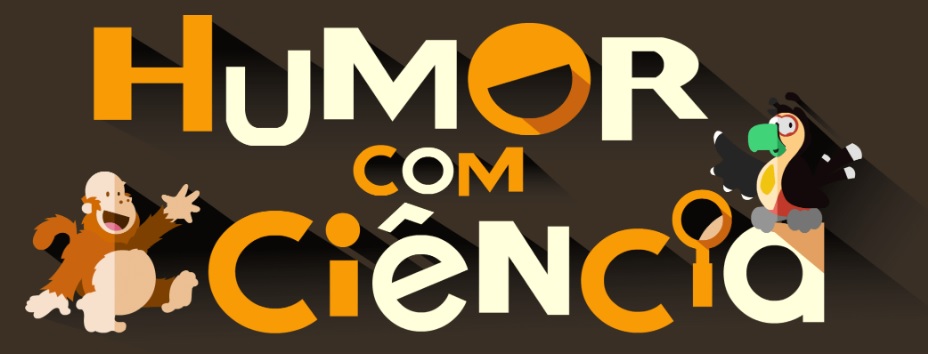
2BE0HCM
Scanning Electron Micrograph (SEM) of the rod and cone structure of a amphibian retina. Rod cells are photoreceptor cells in the retina of the eye that can function in less intense light than the other type of visual photoreceptor, cone cells. Rods are usually found concentrated at the outer edges of the retina and are used in peripheral vision. Cone cells, or cones, are one of three types of photoreceptor cells in the retina of mammalian eyes. They are responsible for color vision and function best in relatively bright light, as opposed to rod cells, which work better in dim light. The night
DC













































































